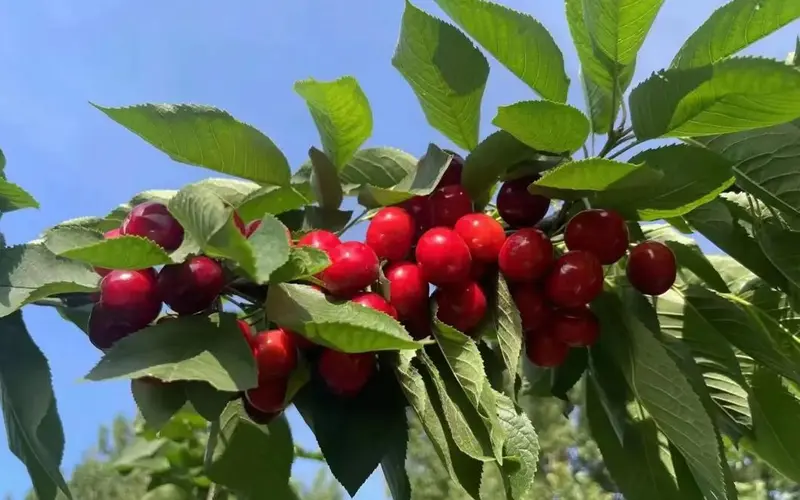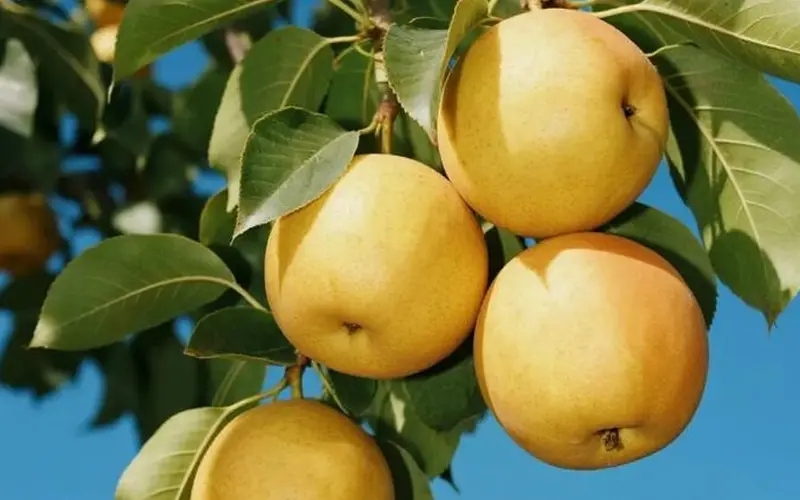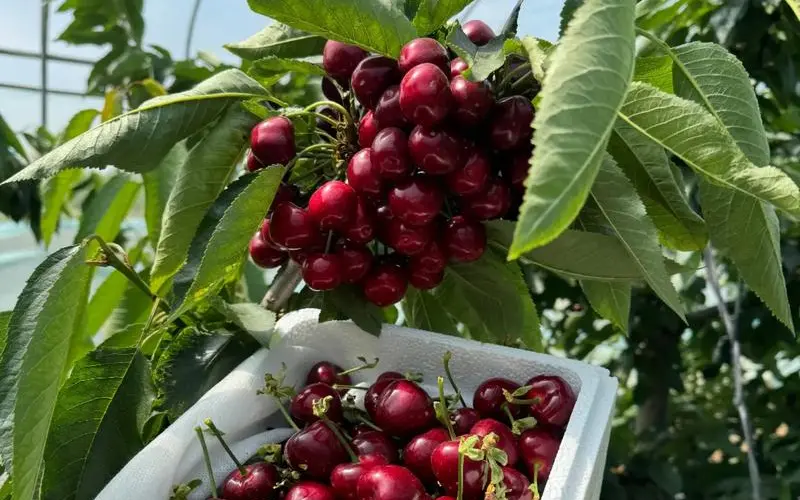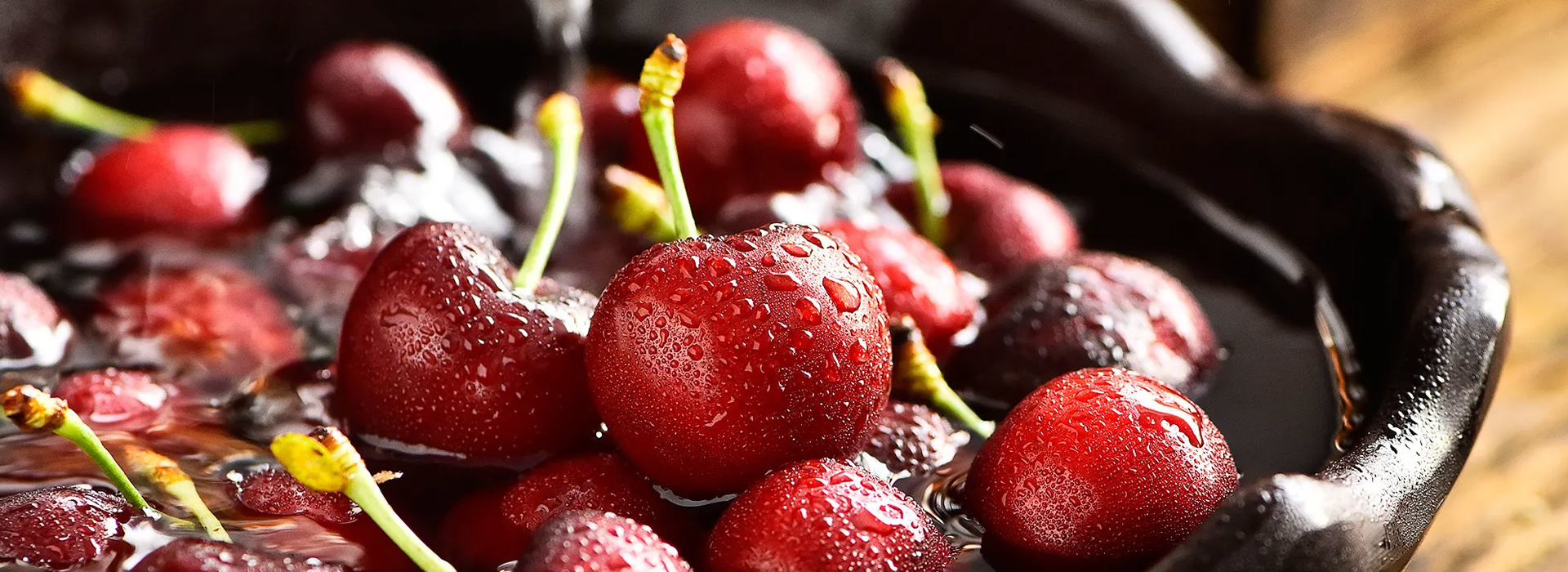2025-08-21
What are the different varieties of Yantai cherries?

2025-06-12
How to choose high-quality golden pears?

2025-09-12
What are the suitable soil types for growing Yantai cherries?

Characteristics and Nutritional Value of Yantai Big Cherries
23
2025/07
Selection tips: 3 steps to pick crisp, sweet, and high-quality Gala apples
17
2025/07
How to choose high-quality Jinshuai apples?
12
2025/09
Characteristics of Jinshuai Apple Fruits and Their Cultivation Management
12
2025/09
What are the nutritional benefits of Yantai Red Fuji apples?
12
2025/09
Yantai Red Fuji Apples – A Premium Representative Among Red Fuji Varieties
12
2025/09



